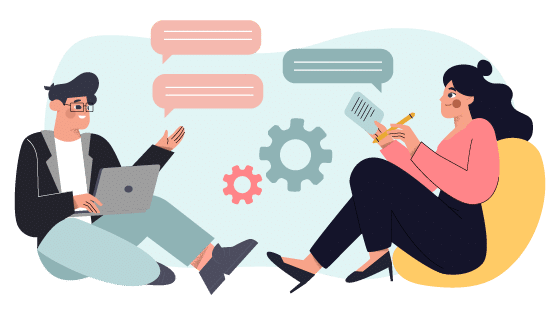With Microsoft’s $26 billion-dollar acquisition of LinkedIn, the software giant also gets a bevy of other online businesses. One of the sites included in the package deal is Lynda.com, which LinkedIn acquired for $1.5 billion in 2015. It’s definitely not Microsoft’s first foray into online learning, but it might be one of its most useful; especially when you consider that Microsoft is already the most significant source of certifications on LinkedIn today.
Microsoft dominates in the certification arena (and already makes up 6 out of the 25 most popular courses on Lynda.com), but there are still some unexplored and yet-to-be considered areas in which Microsoft could truly revolutionize the way we see online education and certification with the help of LinkedIn and Lynda.com.
Past Mistakes
Remember the Microsoft Paperclip, Clippy?

He was the animated icon that popped up in older versions of Word to help guide you through writing letters and creating posters. Voted one of the 50 worst inventions by Time, the annoyingly peppy office assistant did get one thing right: he was providing prescribed eLearning just when you needed it the most. Unfortunately, it was also whether you liked it or not. Still, while you might have thought it annoying when the paperclip gave you resume-writing suggestions, Microsoft has proven that it knows how to leverage user behavior with the right learning content.
Imagine it as help on steroids (and without the animated clip): You’re working in Excel and get stuck on a formula. Excel notices that you’re struggling based on your behavior, and suggests a Lynda tutorial that you can watch right in your software for a quick fix. The same software could highlight a certification course to help you earn an Excel badge that can then be displayed on your LinkedIn profile. Cool, right?
Certification (Finally)
Microsoft could be the company to finally crack the nut of eLearning certification. By integrating software, eLearning, and corresponding credit, users could not only take courses and learn more, but show that certification on their LinkedIn profiles for extra credibility, and career advancement. By layering certifications and badges, individuals become more employable and more likely to further their own career paths via eLearning.
Social Sharing
We’ll be honest: Old school rules Microsoft hasn’t always done well in the social sphere. (The Twitter bot fiasco of 2016 is ample testament to that fact.) But by aligning the Microsoft brand with eLearning applications, Microsoft sticks with what it knows and does well.
In-the-moment learning that corresponds with a social aspect seems more feasible for the tech company. While Microsoft may not have acquired LinkedIn solely for eLearning purposes, it will definitely be part of the strategy going forward.
It’s clear that Microsoft still needs to learn how to leverage both LinkedIn’s social aspect and Lynda’s massive library of tutorials and courses. Learners today want in-the-moment information that is ready without searching. At the same time, they want the kudos and credit that comes along with individual learning pathways. If all three factors can be combined, Microsoft stands to become an eLearning powerhouse (as long as paperclips have nothing to do with it.)






